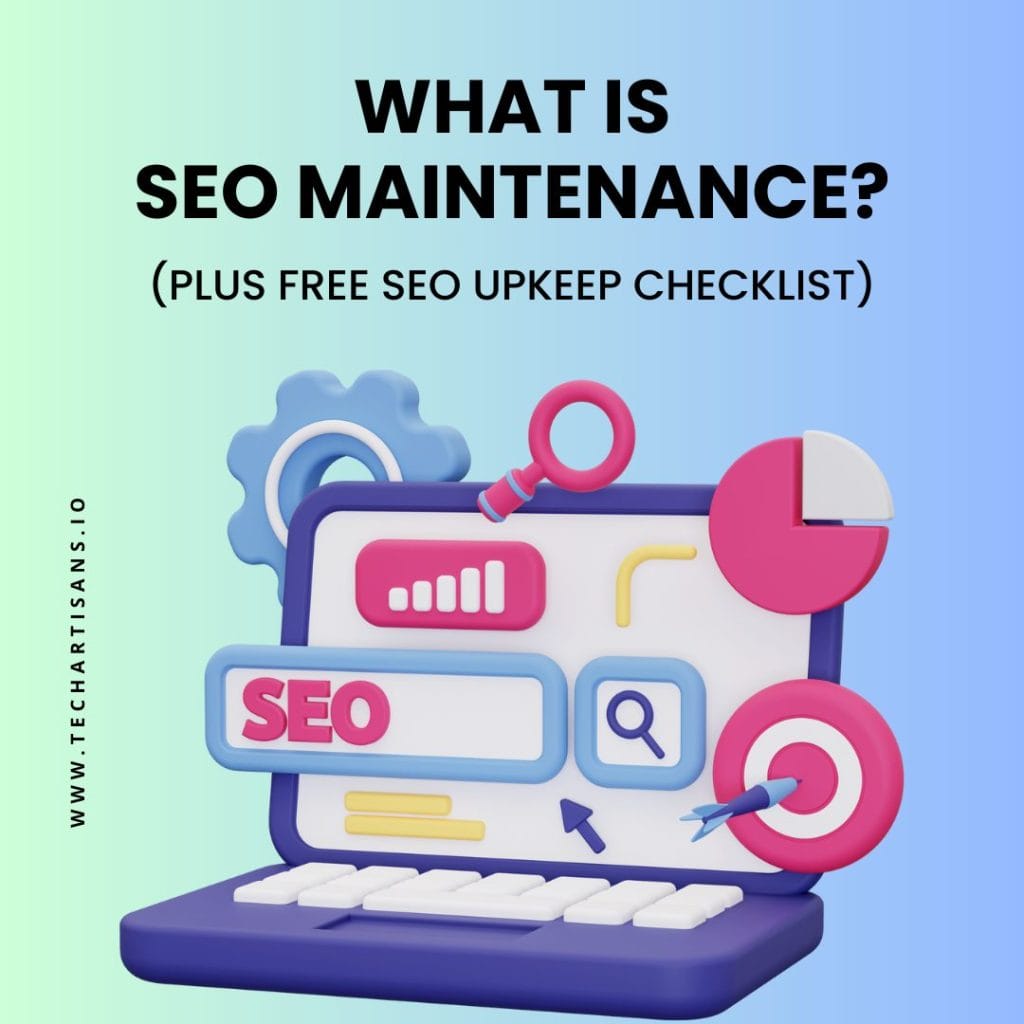Sitelinks in Google Ads are a game-changer for businesses, amplifying ad performance and visibility. Learn more about creating effective digital marketing strategies in our guide on Functions of Marketing. These pivotal tools enable you to create compelling ‘sitelink text’ that can drastically boost click-through rates and enhance user experiences. Learn ‘How to Write Great Sitelinks for Google Ads’ and steer your digital ad strategy towards success.
What are Sitelinks?
Sitelinks in Google Ads are powerful extensions that boost your ad’s performance. They offer extra, relevant links to specific pages on your site, making your ads more engaging and informative. This encourages users to explore your offerings further, increasing conversion potential.
Definition and Purpose of Sitelinks
Sitelinks in Google Ads are extra links that lead users to specific pages of your website. Discover how to Write Great Sitelinks for Google Ads to enhance your digital advertising strategy improving the user experience. They guide users to the products, services, or info they seek. Sitelinks enhance ad relevancy, boosting click-through rates and conversions. They let businesses showcase various offerings in a single ad.
Benefits of Using Sitelinks in Google Ads
Sitelinks in Google Ads boost visibility and clicks by offering multiple paths to your site in a single ad. They improve user experience, leading to more conversions, and enable you to showcase different aspects of your business. Learn about Best Practices for Website Design to further enhance user experience.
Versatility of Sitelinks
Sitelinks are versatile tools that can transform your ad into a multi-faceted promotional asset. This section explores the various ways to use site links to expand your advertising reach. For more insights on versatile digital marketing tools, check our article on Using GSC Ranking Tool.
Different Ways to Utilize Sitelinks
Sitelinks offer versatile uses for enhancing your Google Ads strategy. They can promote new products, direct users to FAQs for smoother decision-making, or address PR issues by linking to official responses. These tactics demonstrate the flexibility of site links in optimizing ad performance.
Importance of Aligning Sitelinks
Aligning site links with your ad strategy is vital for a seamless user experience. Gain more insights by exploring our detailed guide on B2B Web Design trust-building, and higher conversions. Tailor each site link to reinforce your message effectively, whether promoting a new product, answering queries, or managing your brand’s reputation.
Best Practices for Crafting Sitelinks
To make the most of site links, you need to craft them effectively. Implementing best practices ensures your site links are compelling. Learn more about crafting digital content in our Small Business Website Design guide and clear, and enhance your ad’s performance. Let’s explore these strategies for creating standout site links.
Setting Clear Objectives
Clear objectives are vital when creating site links, ensuring they align with your advertising strategy. Whether it’s promoting a product, answering questions, or managing PR, these objectives make site links purposeful and effective.
Sitelinks in Advertising Strategy
Integrating site links strategically in your ad campaign enhances the user experience and increases conversions. Ensure they align with your ad’s message, promoting related products or services, and providing valuable information. This consistency amplifies your ad’s impact.
Using a Mix of Sitelinks for Diverse Purposes
Mixing site links for various purposes accommodates different user needs and stages in their journey. Some lead to products, while others provide FAQs or testimonials. For more on this, see our article on Best Website Builders for Nonprofits. This diverse approach makes your Google Ads more versatile and appealing to a broader audience.
Creating Dedicated Landing Pages for Sitelinks
Creating dedicated landing pages for your site links ensures that visitors are directed to a page specifically designed to match the promise of the site link. This leads to increased user satisfaction, as the content they find is precisely what they clicked for. Explore our guide on Website Design Best Practices for more on creating effective landing pages.
Monitoring and Adjusting Sitelink Performance
Monitoring and adjusting site link performance is essential for campaign optimization. Utilize Google Ads’ reporting tools to track click-through rates and conversion data for each site link. Analyze this information regularly to identify underperforming site links and adjust their text or target pages.
Real-world Examples of Effective Sitelinks
Let’s explore some real-world examples of effective site links and analyze the strategies that make them successful. For more real-world digital marketing insights, check our discussion on Hosting WordPress on Google Cloud.
Amazon’s Sitelinks
Amazon’s site links are a great example of using site links to promote products. A search for Amazon displays site links like “Electronics,” “Books,” and “Fashion,” leading users to specific product categories. This approach enhances user experience and increases conversions by catering to diverse interests.
Starbucks’ Sitelinks
Starbucks smartly uses site links like “Store Locator” and “Menu” to address common customer queries, offering quick access to sought-after information. This approach enhances user experience and has the potential to boost in-store visits.
British Airways’ Sitelinks
British Airways utilizes site links to guide users to key services such as “Book Flights” and “Flight Status.” This not only improves user experience but also streamlines the customer journey to boost conversion rates.
By analyzing these examples, it’s clear that site links can be used in diverse ways to enhance your Google Ads.
Writing Compelling Sitelink Text
Crafting compelling sitelink text is a balance between being informative and engaging. The right text can significantly improve your Google Ads’ performance by grabbing users’ attention and encouraging them to click.
Importance of Keeping Site Link Text Concise
Concise site link text is crucial for effective communication. Users often skim through search results, so keeping it short and simple increases the likelihood of engagement. It helps you convey your message, prompt action, and ensure compliance with Google’s character limits.
Tips for Crafting Compelling and Relevant Sitelink Text
The following tips guide how to craft compelling and relevant sitelink text that captures attention, encourages clicks, and aligns with your advertising goals.
Be Clear and Direct: Your site link text should directly state what the user will find after clicking, eliminating any guesswork.
Use Action-Oriented Language: Encourage users to click by using strong, action-oriented words.
Stay Relevant: Ensure your site link text aligns with the content of the linked page. Misleading users can lead to higher bounce rates and lower conversions.
Test and Optimize: Use A/B testing to find the most effective site link text and make necessary adjustments based on performance.
Avoiding Generic or Vague Text
Avoiding generic or vague text in site links is imperative for effective Google Ads. Use descriptive text to convey specific value and intent. Precise, descriptive sitelink text improves ad performance and user experience.
Optimizing Sitelinks for Mobile and Desktop
Optimizing site links for both mobile and desktop platforms is a crucial aspect of a well-rounded Google Ads strategy. Craft site links that consider the unique characteristics and user behaviors of both platforms to resonate with your audience, regardless of their device.
Read Google Analytics Setup: A Step-by-Step Guide
Differences in Sitelink Display on Different Devices
Sitelinks appear differently on desktop and mobile devices. On desktops, they show up as a list beneath the main ad, while on mobiles, they’re displayed horizontally so that users can scroll through. This variation can impact visibility and user interaction, making it essential to optimize site links for both platforms.
Maximizing Sitelink Visibility and Engagement
To optimize site links for maximum visibility and engagement, ensure that your site link text is keyword-rich and concise for improved discoverability. Customize the site link display for different devices, considering user experience and screen size. Regularly monitor and adjust your site links based on performance data for continuous improvement.
Cost Implications of Sitelinks
Understanding the cost implications of site links is essential for effectively planning and managing your Google Ads budget.
Understanding the Billing Structure for Sitelinks
Adding site links to your ads on Google doesn’t come with any extra charges. Similar to standard ad clicks, there will be a cost when visitors click on your site links. It’s crucial to carefully manage and monitor your site link strategy, ensuring it aligns with your advertising budget effectively.
Emphasizing the Cost-Effectiveness of Sitelinks
Sitelinks are a cost-effective feature in Google Ads, elevating visibility and engagement without extra costs per click. They can substantially enhance click-through rates, potentially leading to a higher Quality Score and reduced cost-per-click over time.
Conclusion
Creating effective Google Ads site links is crucial for boosting ad visibility, user engagement, and business outcomes. Well-crafted sitelink text can substantially improve click-through rates, elevate Quality Scores, and potentially reduce your cost-per-click. So, dedicate effort to testing and optimizing your site links.







